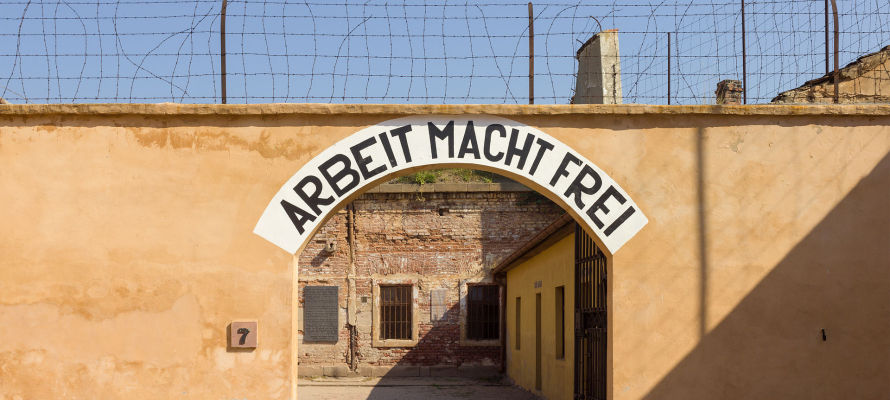It seems that no matter how hard others try to erase the history of the Jewish people, evidence continues to appear, confirming the truth.
Every so often, an announcement is made in Israel that the antiquities authority has uncovered yet another find linking the area back to the times of the first or second temple, or the times of King David, which is even earlier.
This should come as no surprise to anyone, especially anyone of faith. That there is physical evidence that confirms the history of the bible’s accounts is almost a given. So why, then, does everyone get so excited when these pieces of the past surface?
For some time now it has been part of the Palestinian narrative to attempt to erase all evidence of an ancient Jewish claim to the Land of Israel. By rewriting history, they are attempting to get universal acknowledgement of the indigenous status in the land for “Palestinians.” Once they do that, the Jews become the “occupiers” with no valid claim to the land, and the enemies of Israel are one step closer to their goal of wiping all Jewish presence from the Middle East.
Another piece of history that seems to be a favorite target for revisionist historians is the Holocaust. They claim that the Holocaust never happened, or at least not to the degree that the Jewish people and valid historians claim. If the Holocaust never happened and the Jewish people were never the victims of genocide, they argue, this invalidates the major reason that the world’s nations voted to give the Jewish people a state in their ancient homeland.
They Cannot Erase the Holocaust
Try as they might to hide evidence of the extent and severity of the Holocaust, new information and artifacts continue to surface on a regular basis, confirming that the account of the Holocaust as told by its survivors is not only accurate, but frighteningly so.
This week, Reuters reported that a family in the Czech town of Terezin – formerly known as Theresienstadt – uncovered a trove of Jewish possessions hidden in the attic of their home, which they were in the process of renovating.
Theresienstadt was a fortress and garrison town built at the end of the 18th century. In 1940 it was taken over by the Nazis, who turned it into a prison. However, it soon became a transit camp for Jews who had been rounded up in Czechoslovakia or who had been deported from elsewhere in Europe.
During the war, living conditions in Theresienstadt were horrific. Although the town originally had a population of approximately 7,000 Czechs, more than 50,000 Jews were forced to live there in unbearable conditions. In 1942 the situation reached a peak with about 58,000 Jews living there, more than a quarter of whom died that year alone from starvation.
After most of the Jewish inmates of Therestienstadt had either perished from the conditions or been transported to death camps such as Auschwitz, the camp was finally liberated in May 1945 shortly before the end of the war.
The discovery of the objects, some of which bore their owners’ names, was disclosed by the Ghetto Theresienstadt Project, which is funded by German and Czech sponsors.
“The unexpected finds such as these suggest that an abundance of precious legacies from the ghetto period are still waiting to be discovered in buildings throughout Terezin,” the group said in a news release.
It seems that no matter how hard others try to erase the history of the Jewish people, evidence continues to appear, confirming the truth.
Author: Penina Taylor, United with Israel
